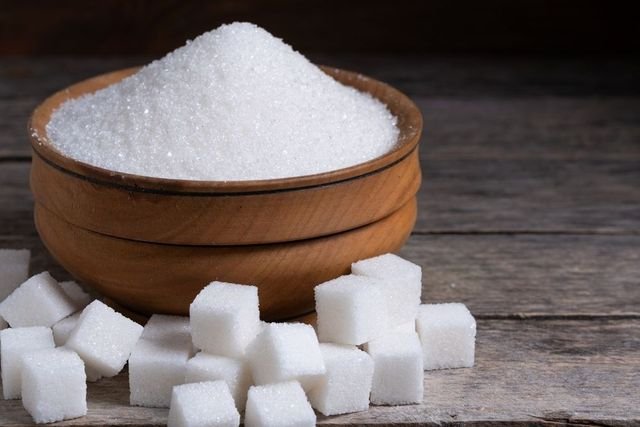If you’re looking to reduce or eliminate sugar from your diet, you’re not alone.
The average American consumes 22 teaspoons of sugar daily—three times more than the recommended limit.
Excessive sugar intake can lead to serious health problems, including obesity, type 2 diabetes, and heart disease. However, giving up sugar can be challenging, whether you choose to cut it out abruptly or gradually.
How to Cut Added Sugar from Your Diet
While natural sugars in foods like fruits and dairy are fine to consume, the focus should be on reducing processed foods that contain added sugars.
Added sugar is often found in products like yogurt, condiments, salad dressings, sports drinks, and cereals, which are typically low in nutrients and high in calories.
To successfully quit added sugar, you can read nutrition labels, avoid simple carbs, reduce processed food consumption, and incorporate more proteins and healthy fats into your meals.
Here are 10 practical tips to help you stop eating added sugar:
1. Check the Labels
Many ingredients contain hidden sugars. Be on the lookout for terms like cane sugar, corn sweetener, high fructose corn syrup, honey, molasses, and others. You can also check the “added sugars” section on the Nutrition Facts label to see how much sugar is in a product. Remember, 1 gram of sugar equals 4 calories.
2. Limit Refined White Sugar
Refined white sugar is quickly absorbed by your bloodstream, causing blood sugar spikes and insulin surges. It’s commonly found in processed foods, including bread, ketchup, and salad dressings. Reducing its intake can help improve your overall health.
3. Choose Alternatives to Sugary Drinks
Soda, fruit juices, and sweetened beverages are packed with sugar. A single can of soda can contain up to 9 teaspoons of sugar—more than the recommended daily intake. Instead, opt for seltzer water, or infuse your drinks with fresh fruit.
4. Rearrange Foods at Home
If others in your household are not reducing sugar, store sugary treats separately, so you aren’t tempted by them every time you open the fridge or pantry.
5. Make Homemade Meals and Drinks
Preparing meals and drinks from scratch gives you control over the ingredients, allowing you to avoid hidden sugars often found in store-bought products like sauces and dressings.
6. Choose Whole Grains Over Refined Carbs
Refined carbs in pastries, muffins, and white bread are often loaded with added sugars. Instead, try whole grain options, which break down into sugar more slowly, providing sustained energy.
7. Be Cautious of Restaurant Foods
Many fast food items and restaurant dishes contain hidden sugar, especially in sauces or crusts. If dining out, review nutritional information ahead of time, or ask for dishes without sugary ingredients.
8. Gradually Cut Back on Sugar
Quitting sugar abruptly can cause withdrawal symptoms like headaches. It’s better to reduce your sugar intake slowly to give your body time to adjust. Start by cutting back a little each week.
9. Include Protein and Healthy Fats
Foods high in healthy fats and lean proteins, such as nuts, avocado, eggs, and turkey, can help you feel full longer and stabilize blood sugar levels, reducing sugar cravings.
10. Replace Added Sugars
Sweeten beverages with fruits like orange slices or milk instead of sugar. Opt for fresh or dried fruits to sweeten oatmeal, cereal, or pancakes instead of adding sugar.




